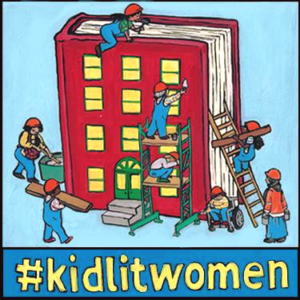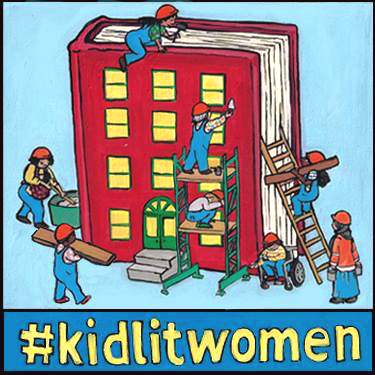#KidLitWomen: The Trouble with Chick Lit

Image by Grace Lin
My 2015 title, Infandous, is a fairytale/mythology/Oedipus Rex contemporary surf and sculpture novel.
My 2017 title, What Girls Are Made Of, is about a high kill animal shelter, virginmartyrsaints, female orgasm, slavish desire, and the conditions under which we determine love.
Both books have been shelved as “Chick Lit.”
Perhaps this is a useful designation for some books, but as neither of these novels is lighthearted or amusing, and as neither of them is a romantic comedy by any measure, the category at the very least feels misleading.
What, I wondered each time the designation was conferred, could have brought the shelver to make this decision? It couldn’t be the flap copy, or the cover art, or the blurbs; none of these signifiers points in that direction. So, what was it?
I believe that the books have been labeled as “chick lit” because of a combination of two things: they are about teenage girls, and the author’s name is recognizably female. When a man writes about a teenage girl, it is never labeled as “chick lit.” When a woman writes from a male perspective, then, too, the book is called something else, regardless of how lighthearted and romantic the book might seem. So, what is it about the particular combination of books about girls, written by women, that makes them like a magnetic draw for the “chick lit” label? The answer isn’t complicated, and it makes me quiver with anger.
Even beyond the label “chick lit,” books by women written about the experience of being female are often seen as being books exclusively for female readers. I was thrilled when PopSugar called What Girls Are Made Of “a must read for women of all ages,” and pleased when VOYA said the book “describes all things ‘girl’ in the brutally honest way” book, even if it is not easy.”
But even when a book is written about a girl and by a woman, even when it explores menstruation and female orgasm and slavish devotion to a boy, that doesn’t mean that it is only for readers who identify as female.
Of course, I am grateful that my book is being read, and that it’s been critically well received. And, of course, I do want girls to read this book… but I want boys to read it, too.
At its core, what troubles me about the term “chick lit” is what troubles me about funneling books about girls and women only in the direction of girls and women: both this choice and the term “chick lit” are ways of saying that books about girls and women are only for girls and women, and that only girls and women could (or should) find such stories interesting and worthy of time and attention.
Parents, teachers, and librarians need to make certain that books about the female experience are offered to readers who aren’t female, as well as those who are. There’s a lot of talk about windows and mirrors in literature; I am humbled (and sometimes saddened) that girl readers see themselves reflected in my books, but I also want boys and men to read books that unapologetically center femaleness.
After all, centering femaleness in not something that needs an apology, or a justification, or an asterisk, or a special, catchy, rhyme-y genre designation.
I emailed one of the websites that had listed my books in their “chick lit” category. I told them the designation was wrong. How, they asked, would I prefer to see my books categorized? I’ll tell you, reader, that it took all my chutzpah to reply—“Literature.”
“We’ll shelve them with ‘Fiction,’” came the response.
I’ll take it.

One Reply to “#KidLitWomen: The Trouble with Chick Lit”